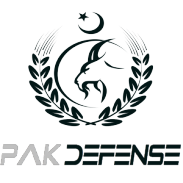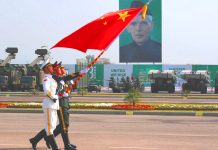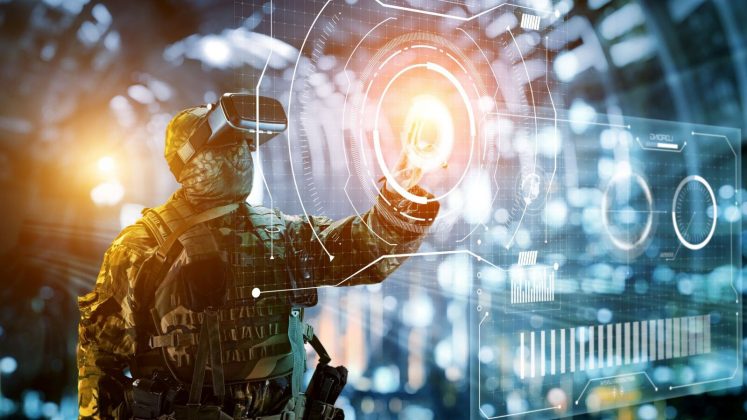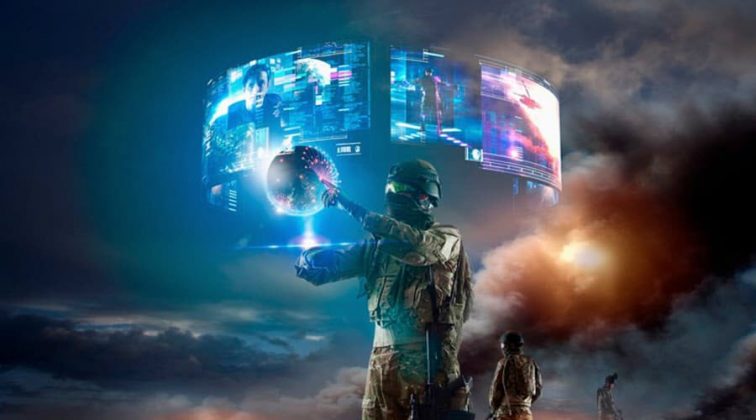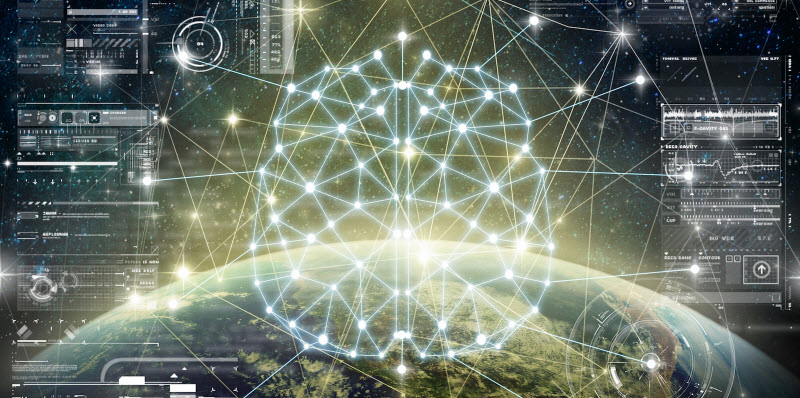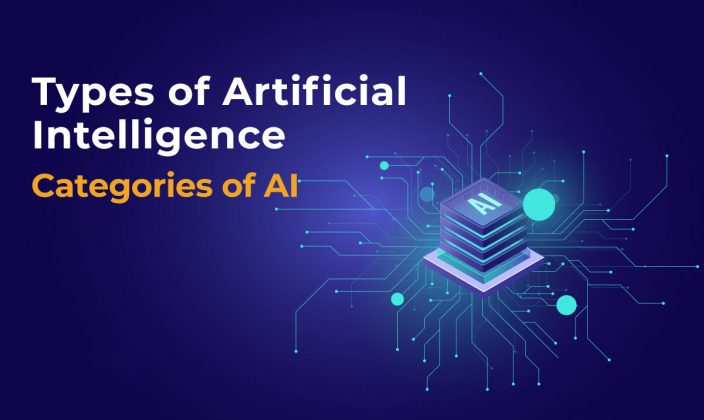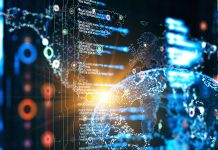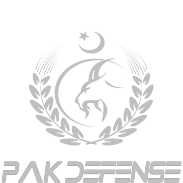Reading Time: 8 minutes approx.
Formidable Role of Artificial Intelligence In Modern Hybrid Warfare:
Artificial Intelligence (AI) is a branch of computer science that focuses on the creation of intelligent machines. AI research is based on the assumption that some form of intelligence can be reproduced in a machine. Some of the major AI fields include machine learning, knowledge representation, planning and scheduling, natural language processing, perception and many others.
The role of Artificial Intelligence in modern battlefield is to increase the overall effectiveness of the military by automating tasks that are repetitive and require a lot of human input.
This can be done through a variety of methods, including the use of AI to make decisions on behalf of human soldiers, or it can be used to analyze data more effectively than humans would be able to do so.
The use of AI in military applications has been around for decades. Since its inception in 1950s, it has been used for various tasks ranging from image recognition to speech recognition and pattern matching. Today, AI can be seen everywhere – from self-driving cars to automated weapons systems.
Reasons to Use Artificial Intelligence In Battlefield:
The use of artificial intelligence in the battlefield is not new. The first use of robots in a war was in the form of drones, which have been used since World War II. However, it was only recently that AI has become an integral part of modern warfare.
Artificial intelligence has been used to help soldiers on the battlefield by providing them with information and instructions through video games and simulations.
The use of Artificial Intelligence also allows soldiers to use their skills more efficiently and effectively. For example, if a soldier is trained to use an M-16 rifle, he or she can practice shooting hundreds of times without having to go out into the field every time he or she wants to practice.
Artificial intelligence also keeps soldiers safe by providing them with vital information about their surroundings and enemies before they enter into combat situations, which helps them avoid unnecessary risks during battles as well as casualties from friendly fire incidents due to lack of knowledge about their surroundings (such as knowing whether there are any friendly troops nearby before firing).
Role of Artificial Intelligence in Modern Hybrid Warfare:
Artificial Intelligence is playing a more and more important role in modern battlefields. One of the most significant areas where AI is being used is in autonomous weapon systems. These systems can be deployed in the battlefield to perform tasks such as target acquisition, surveillance, and reconnaissance.
This can be done through a variety of methods, including the use of AI to make decisions on behalf of human soldiers, or it can be used to analyze data more effectively than humans would be able to do so.
The role of Artificial Intelligence in modern hybrid warfare is to increase the overall effectiveness of the military by automating tasks that are repetitive and require a lot of human input.
Another area where artificial intelligence is playing a huge role is in the use of drones in warfare. This technology allows unmanned aircrafts to perform missions that would otherwise require human pilots or ground crew members.
Artificial intelligence can also be used to improve operational efficiency and reduce costs by optimizing logistics and supply chain processes, improving decision-making capabilities at all levels of the organization, automating processes such as payroll, procurement or risk management and eliminating errors caused by human error through automated data verification processes.
With the advent of deep learning algorithms and powerful GPUs, AI has become more capable than ever before at performing complex tasks such as image recognition and language translation with accuracy levels close to human performance levels or even better than humans in some cases.
The application of artificial intelligence techniques such as deep learning enables computers to make decisions based on data without being programmed explicitly how to do so by humans; this is called unsupervised machine learning.
This means that computers can learn things on their own without being explicitly programmed by humans; this is called unsupervised machine learning where computers learn things on their own without being explicitly.
Types of Artificial Intelligence:
There are many different types of artificial intelligence, and they’re all incredibly useful in various situations.
Here are some of the most common types of Artificial Intelligence that has been evolved in different industries, including Defense:
-
Machine Learning
Machine learning is an approach to AI that uses algorithms to “learn” from data. The computer will use historical data to predict future outcomes, which it can then apply to new data. Machine learning is a great way to optimize processes and make predictions, but it’s not very good at creative thinking or problem-solving.
This is when a computer learns from experience, rather than being programmed to perform specific task. It’s often used for pattern recognition, data analysis and forecasting.
-
Expert Systems
Expert systems rely on knowledge bases (KBs) to solve problems. A KB is basically a database that stores information about specific topics, such as medicine or physics.
Expert systems use different databases to answer questions and make decisions with limited reasoning power — they can’t come up with new ideas or solutions on their own, but they can use the information in the KBs to solve problems for you.
These systems use human knowledge to solve problems in a particular area, such as medicine or law enforcement. Expert systems are often made up of rules-based systems and if-then statements; for example, if ‘X’ happens, then ‘Y’ should happen next.
-
Natural Language Processing (NLP):
NLP is used by computers to understand natural language like English spoken by humans; this includes both speech recognition and text processing.
For example, if your computer crashes because it doesn’t understand what you’re saying then you might want to look into getting some NLP software installed on it.
-
Supervised Learning:
This is when an algorithm learns from a set of examples. The algorithm starts by analyzing a single example and then goes on to analyze more examples based on its past experience with that example. It uses this information to make predictions about future events.
-
Unsupervised Learning:
This is when an algorithm learns from unlabeled data. The algorithm analyzes data without any labels or tags, so it can’t tell what’s what.
The unsupervised learning simply looks for patterns in the data that it can use to make predictions about future events and hence, it holds much significance in Artificial Intelligence.
-
Reinforcement Learning:
This is when an algorithm learns from trial and error by doing things over and over again until it finds something that works well enough for its purposes—like playing chess or Go.
